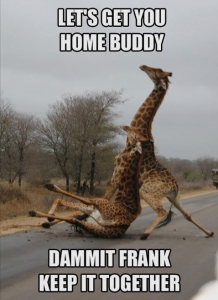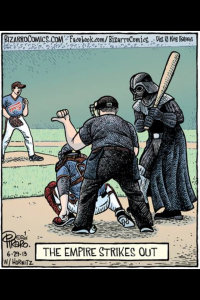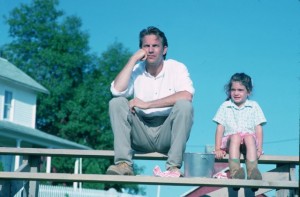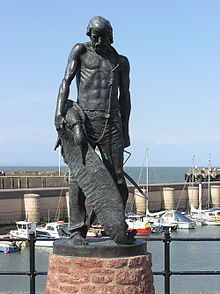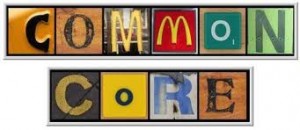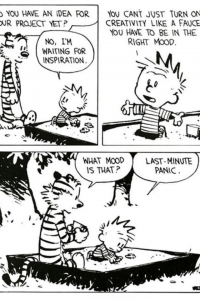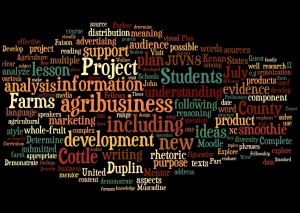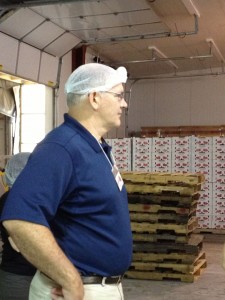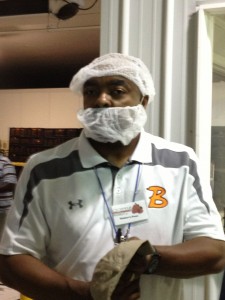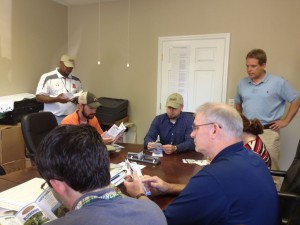If you read the previous post, you know that my lesson implementation has taken a back burner to the stress my mentor and the Junvn8 staff have been dealing with. I have, however, been able to get started.
In October, my AP English Language students began a research unit on the history of 20th Century American Agriculture. Their task: to record significant events concerning the “Big Five” in agricuture: Agribusiness, Labor Force, Farm Technology, Agricultural Law and Plant Genetics and Seeds.
They began by reading three primary documents (an excerpt Crevecour’s Letters from an American Farmer, the song “Remember the Farmboys,” and Arne Duncan’s speech at the annual National FFA Convention) to generate ideas and attitudes about farming throughout history. They then began researching major 20th Century events concerning the “Big Five” and generated questions to ask guest speakers we scheduled.
First, we were visited my Mark Stampe, our Ag teacher, who concentrated on seed hybrids, cultivation, and Duplin County crops. Roland Scheiber, Vice-president of Operation for Murphy Brown, introduced the class to the world of pork – from birth to slaughter! He also put the economics of agribusiness in perspective, stressing that many “farm workers” never leave the office. Our last speaker was Matt Miner, Sales Director for Quality Farm Equipment-John Deere. I think he was the students’ favorite. First, he is young, and the girls thought he was cute. Second, he showed two videos – yes – he incorporated technology into his lesson. Third, he was nervous, and they always cheer for the underdog. Matt discussed how the computer age has changed every aspect for farming, from planting and harvesting to fertilizing by satellite.
Because of the “Juvn8 Apocalypse,” everything came to a screeching halt. However, my students have not forgotten that they have Parts 2-4 ahead of them. In the meantime, they are scheming to create their own hybrids: larger strawberries, flowers that have all the colors of the rainbow, and a money tree. The last is my personal favorite!
